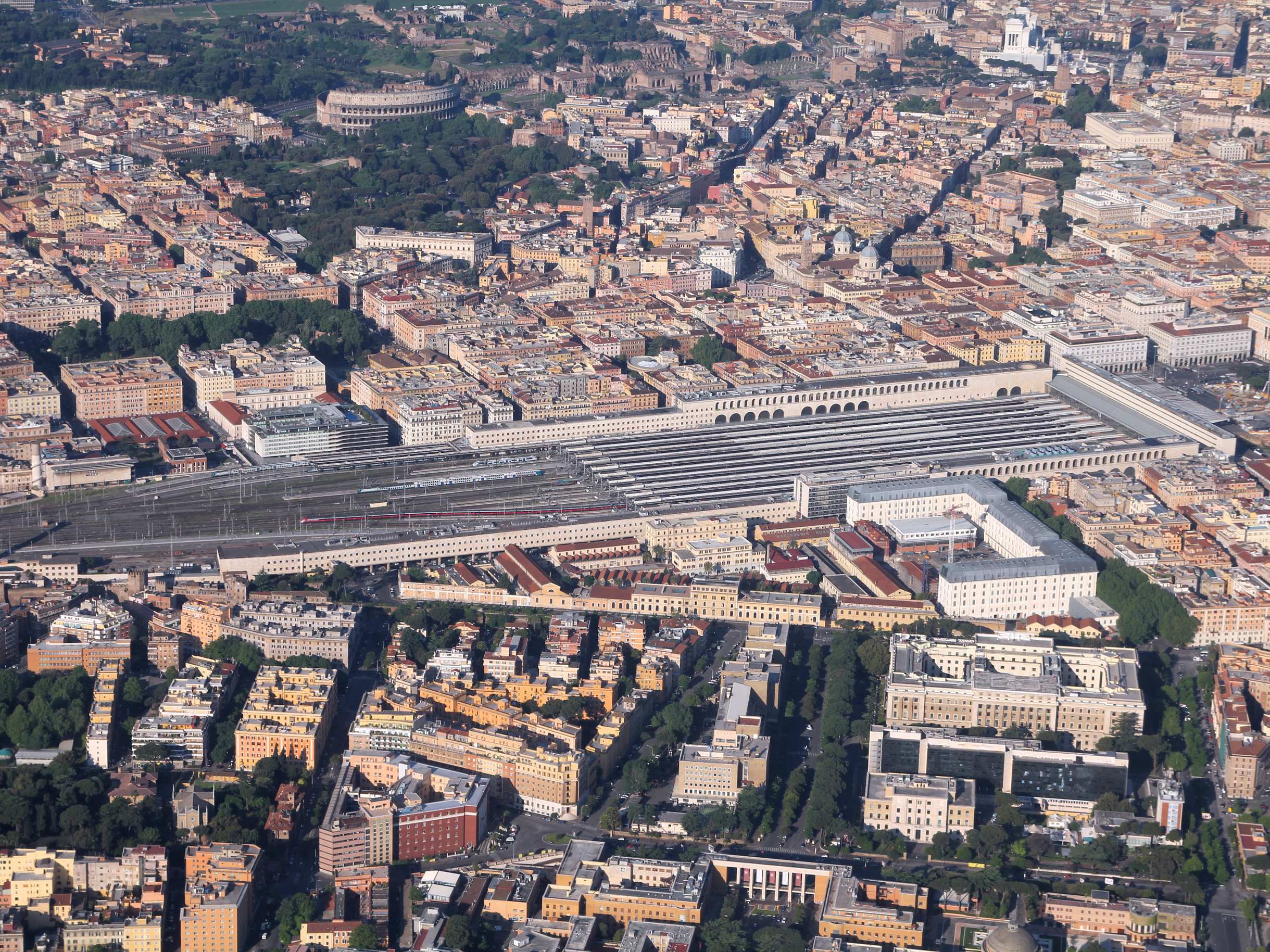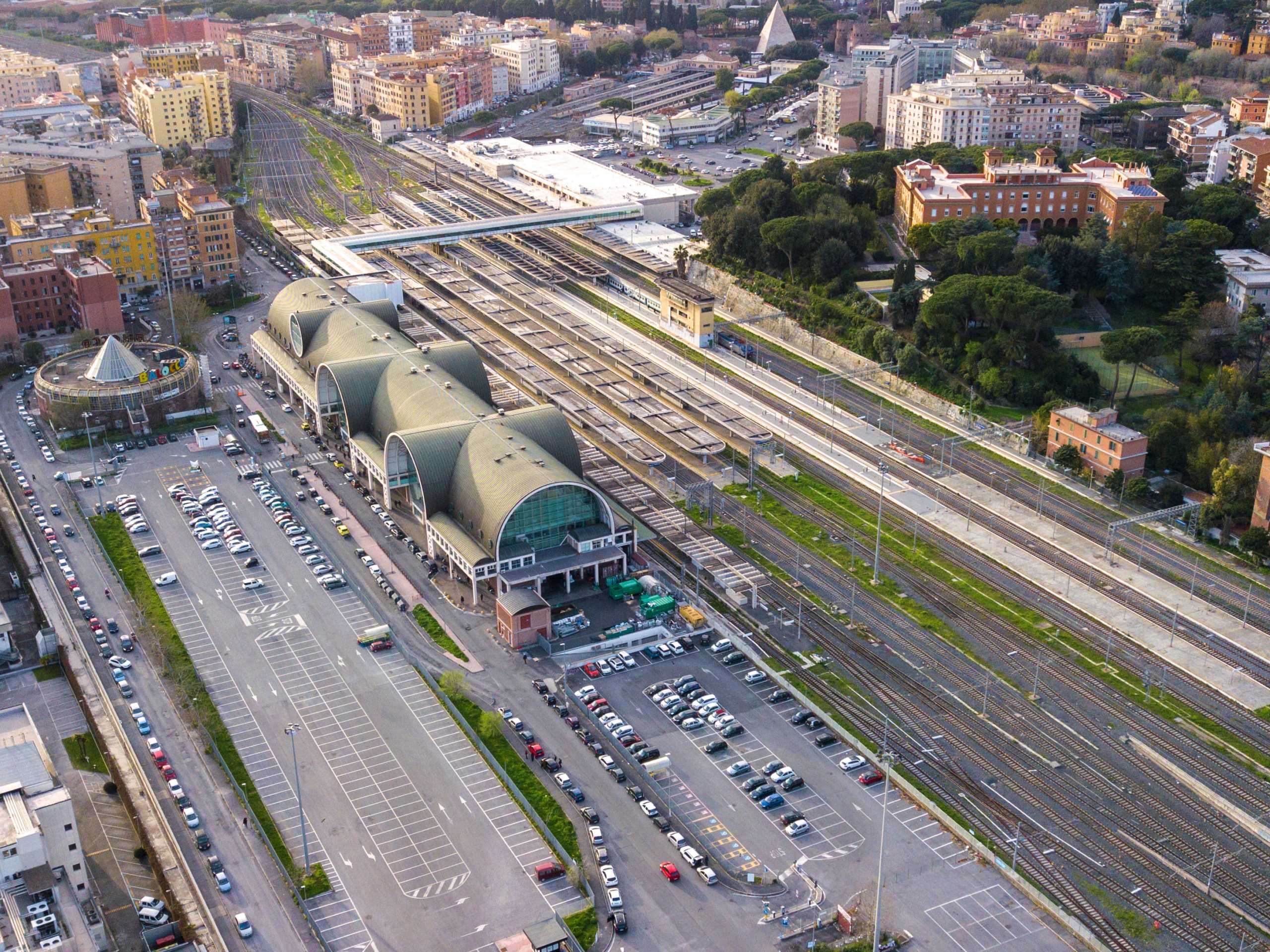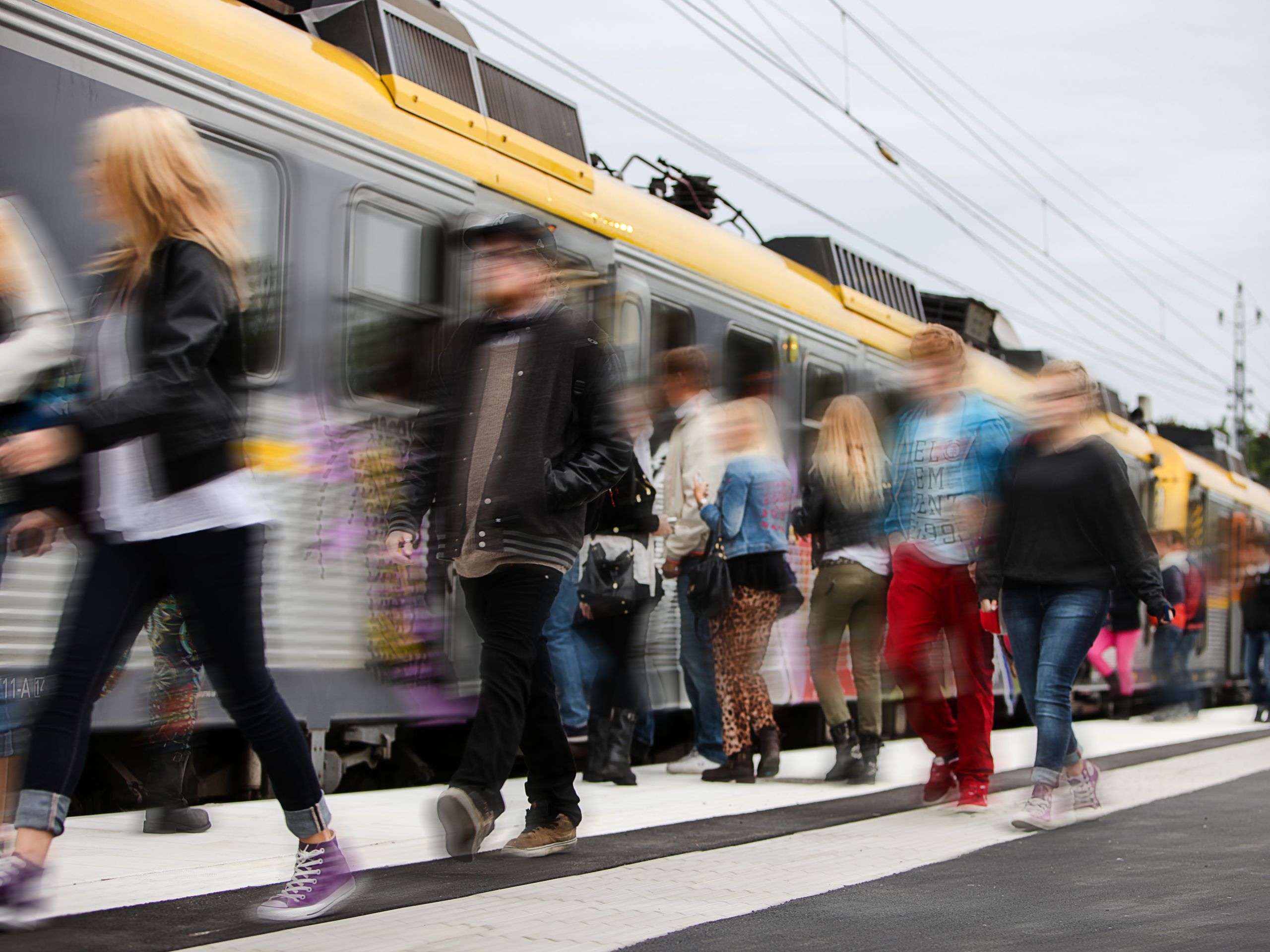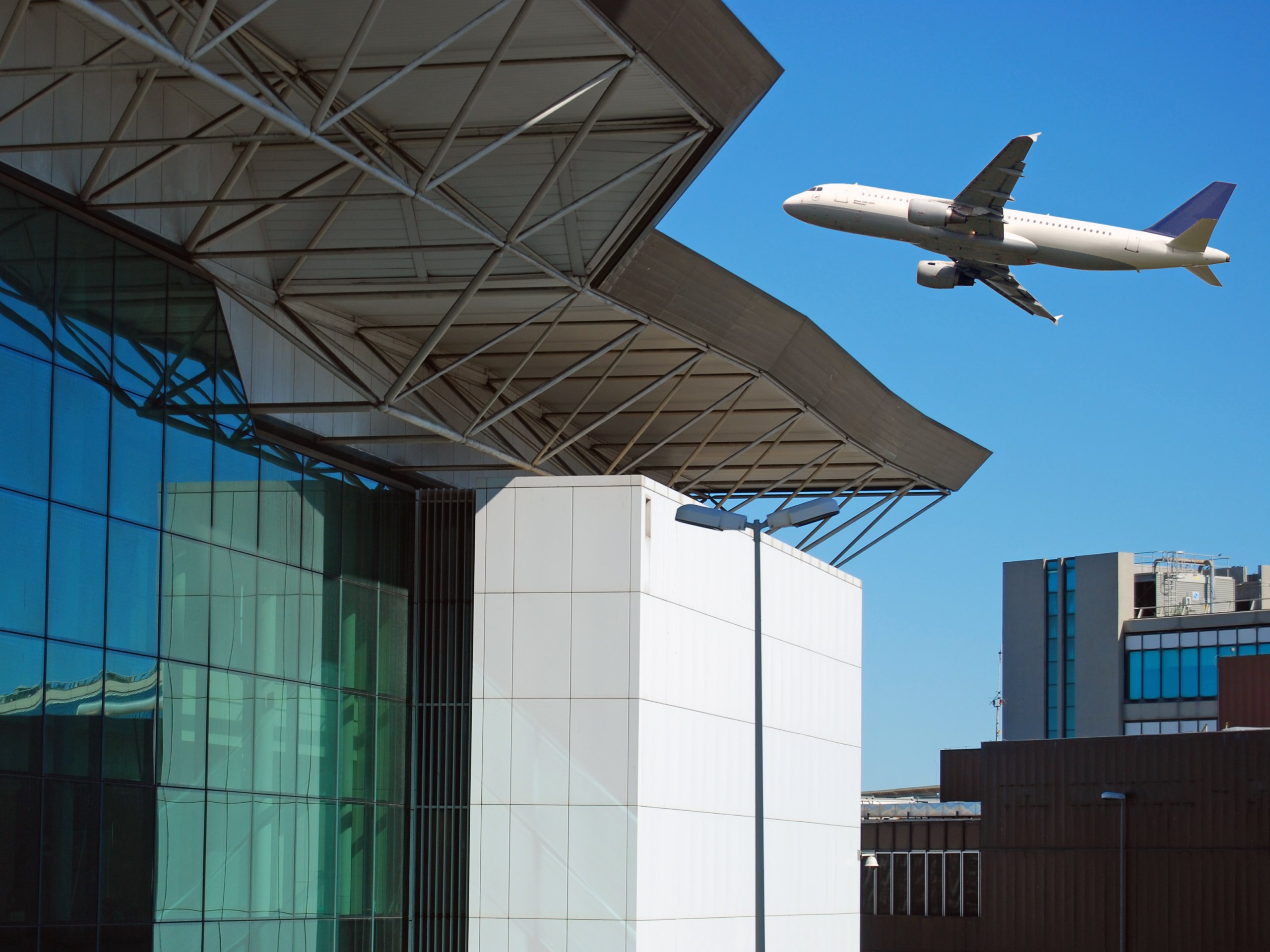
MODELING, SIMULATION AND CAPACITY-FREQUENCY TRADE OF SOLUTION
The main aim of this study was to increase passenger throughput in case of social distancing due to pandemic. A single platform has been considered with two related tracks. Thanks to the integration between a discrete-event simulator and optimization tools, a wide range of combinations of train schedule, occupancy and management rules have been explored and a Pareto front of optimal solutions has been identified.
Our tasks:
– Model development
– Simulation and optimization

Pedestrian dynamics management and station layout configuration have been jointly faced in an innovative way consisting in a “What-to” approach to find trade-off solutions between such problems.
Notably, with reference to a station of the Rome railway node, automation and optimization capabilities of ESTECO’s multidisciplinary framework, modeFRONTIER, has been combined with pedestrian microsimulation imposing the maximization of pedestrian flows and the concurrent minimization of walking spaces, while ensuring an adequate level of service.
Results gave insights both on flow accomodation capacity of station critical components and on alternative destinations of use of the remaining spaces, exceeding the outcomes obtained by applying the traditional “What-if” approach.

In collaboration with ESTECO S.p.A., Lift developed an intuitive dynamic interface to support the Italian railway infrastructure manager RFI (Rete Ferroviaria Italiana) in the selection of the most appropriate method to design and plan pedestrian transit facilities, respectively, in new and existing railway stations.
The expertise of Lift’s engineers in pedestrian microsimulation paired with the automation, post-processing and visualization capabilities of ESTECO’s core product, modeFRONTIER, allowed to deliver RFI an extensive dataset concerning the performances of critical transit station components in a comparison between the static and the dynamic approach of evaluating walking people dynamics.
Parallel computing on several virtual machines permitted to significantly reduce computational time while exploring a broad set of infrastructural configurations and traffic conditions.

Pedestrian simulation models have been used in very different situations: before and after the pandemic. In the first case, different alternatives of station layout have been simulated and assessed, while in the second one possible solutions to guarantee the respect of social distancing have been identified.
Our tasks:
– Pedestrian simulation
– Assessment